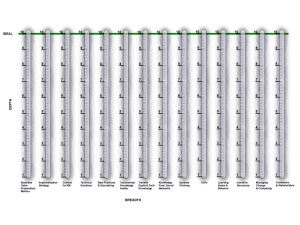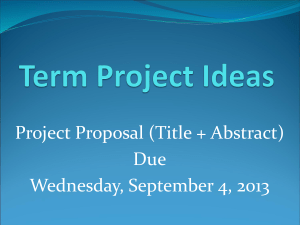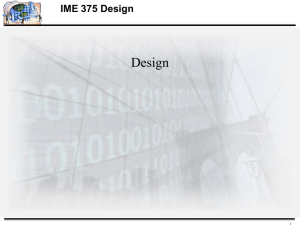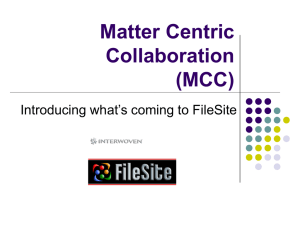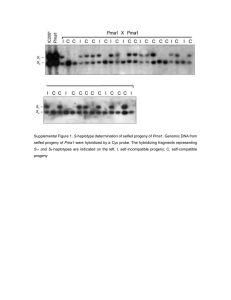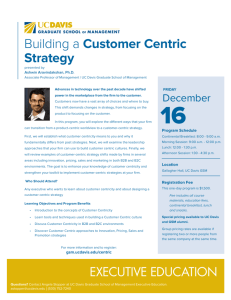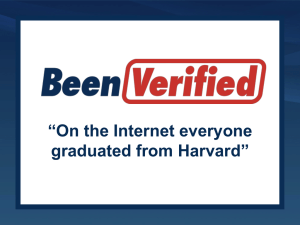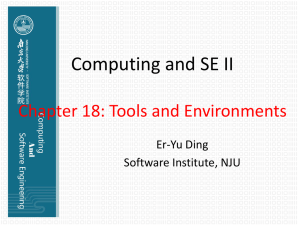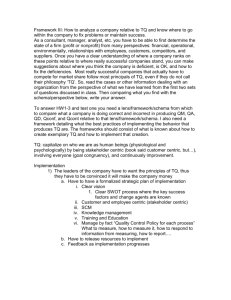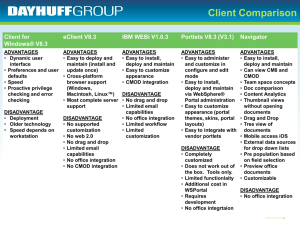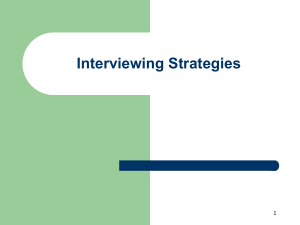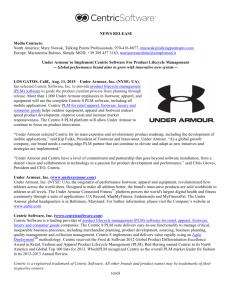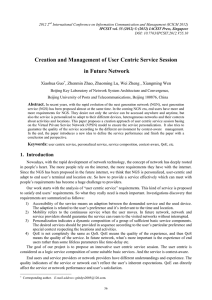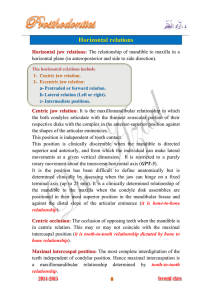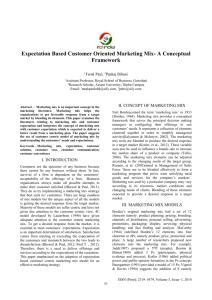Introduction Notes in PowerPoint
advertisement
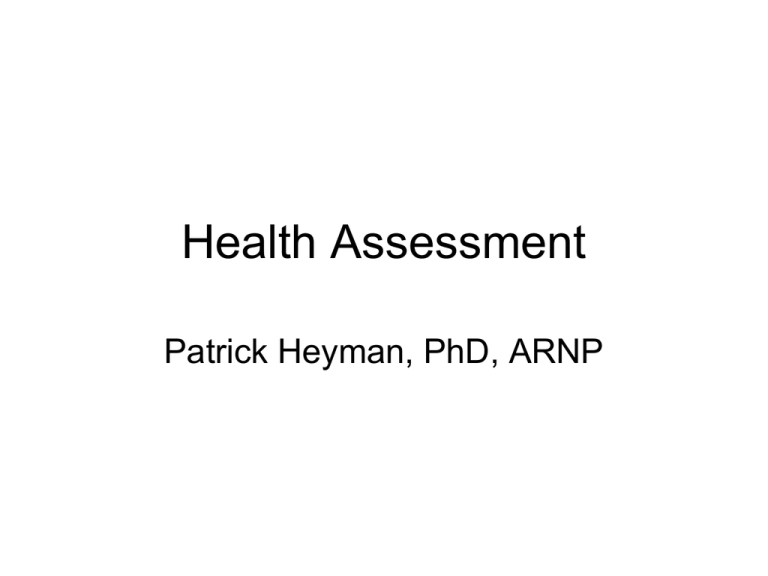
Health Assessment Patrick Heyman, PhD, ARNP Patrick Heyman, PhD, ARNP • • • • B.S. from Palm Beach Atlantic BSN, MSN, PhD from University of Florida Board Certified Nurse Practitioner Worked in both hospital and outpatient settings • Also teach Ballroom and Latin dancing • Missionary kid, grew up in Liberia, Costa Rica, and Uruguay Wholistic Assessment and Documentation Health Assessment • What is Health? – Medical Model – Functional Model – Wellness Model – System Stability • Homeostasis – dynamic balancing • Allostasis Assessment • Nursing Process – Assessment – Diagnosis – Planning – Implementation – Evaluation Neuman Systems Model • Person Variables – Physiological – Psychological – Socio-cultural – Developmental – Spiritual Wholistic Assessment • • • • Humanistic Reductionistic vs. Wholistic Five Person Variables Perception of Nurse and Patient Documentation • Legal record – If you don’t document it, you didn’t do it • HIPPA – When turning in assignments regarding real patients, use patient’s initials only. – If making a copy of part of a chart for reference for an assignment, obscure identifiers. Kinds of Data • Datum – piece of information • Database – Collection of all data concerning a patient • Subjective data – Symptoms • Objective data – Signs Documentation Considerations • • • • Narrative vs. Charting by exception Appropriate use of abbreviations Appropriate use of medical terminology Models – H&P – SOAP: subjective, objective, assessment, plan – DAR: data, action, response – DARP: data action, response, plan Talking to the Patient Basic Interviewing Technique • Building Rapport – Be yourself, but not too much of yourself – Use discretion – Present • Interest • Competence • Confidence – Do not present • Apathy • Diffidence • Arrogance Basic Interviewing Techniques • Dress – Professional – Not imposing • Patient Centric Interview – Open ended questions – Empathy – Not Sympathy • Provider centric Basic Interviewing Techniques • Interviewer centric • Use of silence • Time – Attention – Schedule Interviewing Stages • Introduction – Establish who you are – Establish agenda • Working Phase – Patient centric – Provider Centric • Conclusion – Provide closure – Establish a plan Introductory Script • • • • • • Hello, Mr. Smith? My name is ________. I am a ________. I am here to __________. I just need to verify your id bracelet. Do you have any questions for me before we begin. Cultural Considerations • Culture - A complex pattern of shared meanings, behaviors, and beliefs, that are learned and acquired by a group of people. • Characteristics – Learned from birth through socialization and language – Adapted to specific conditions – Dynamic – Shared by in common Related words • • • • • Subculture Ethnocentrism Prejudice Stereotype Discrimination Cultural Values • Dominant Value Orientation – Innate Human Nature – Relationship to nature – Time Dimension – Purpose of Existence • • • • Family View of Health and Illness Family relationships Communication patterns View of Health and Illness • • • • Freedom from disease Able to go to work Feel good Pathogenesis – Biomedical – “Naturalistic” – Magico-Religious Family relationships • Who makes decisions • Who counts as family • Loyalty to the family Communication patterns • Language – Dialects, slang, and vague language – Conversational style – Silence Communication Patterns • Nonverbal – Eye contact – Posture – Personal space – Response to touch – Orientation to time • Expression of symptoms – Stoic – Expressive
